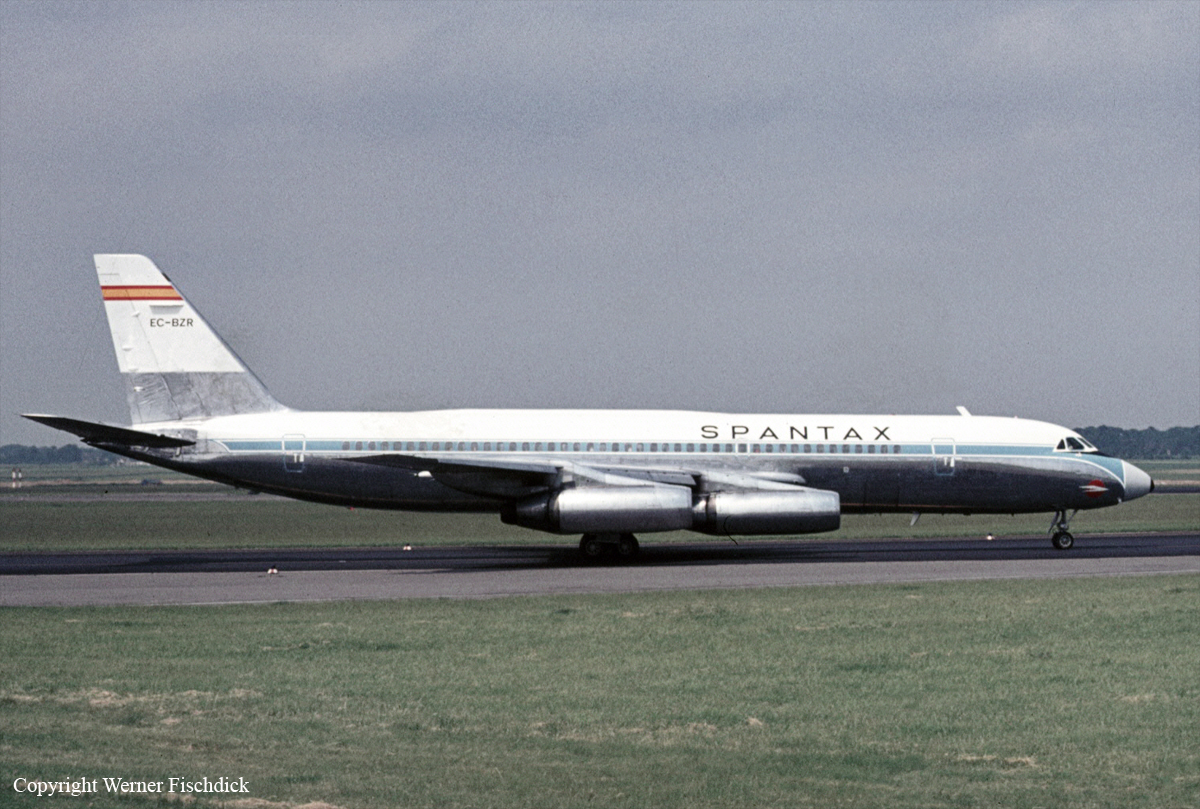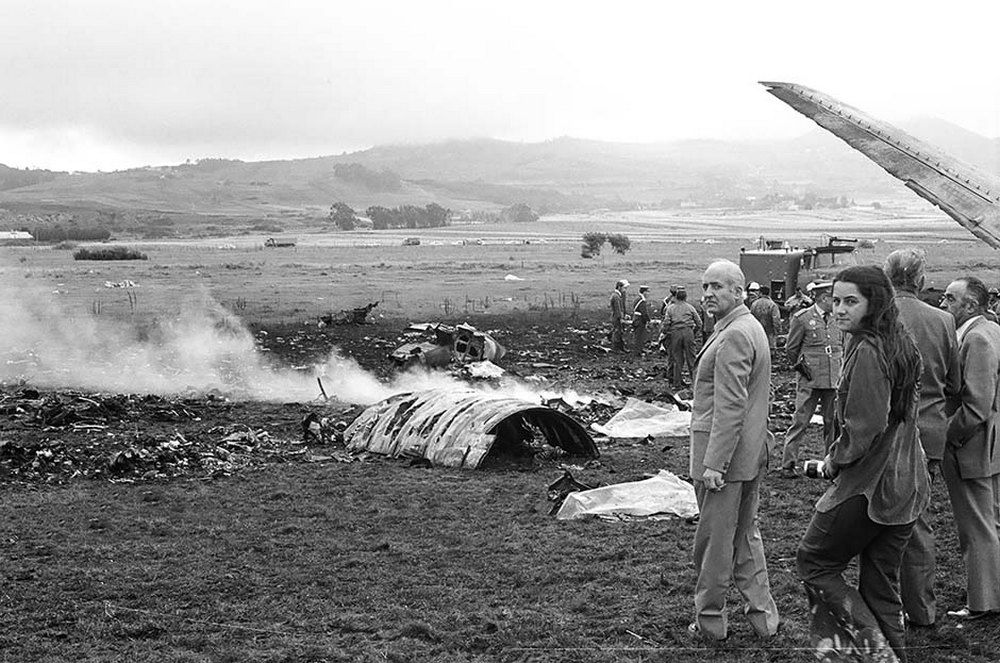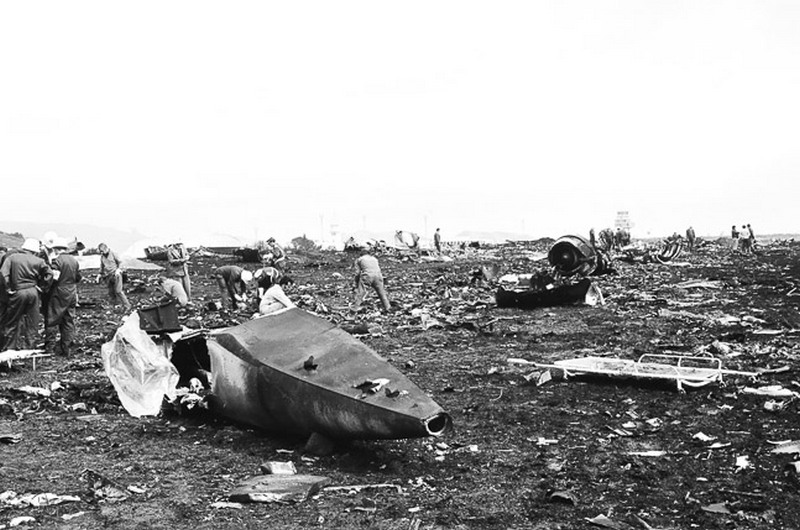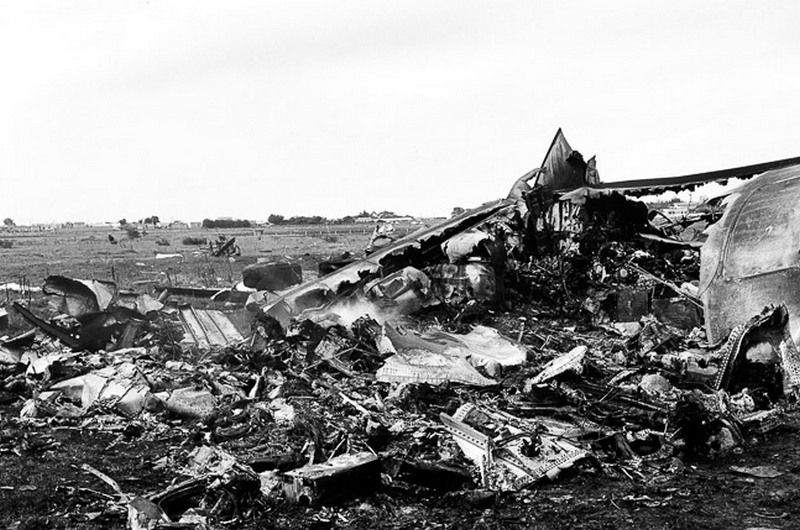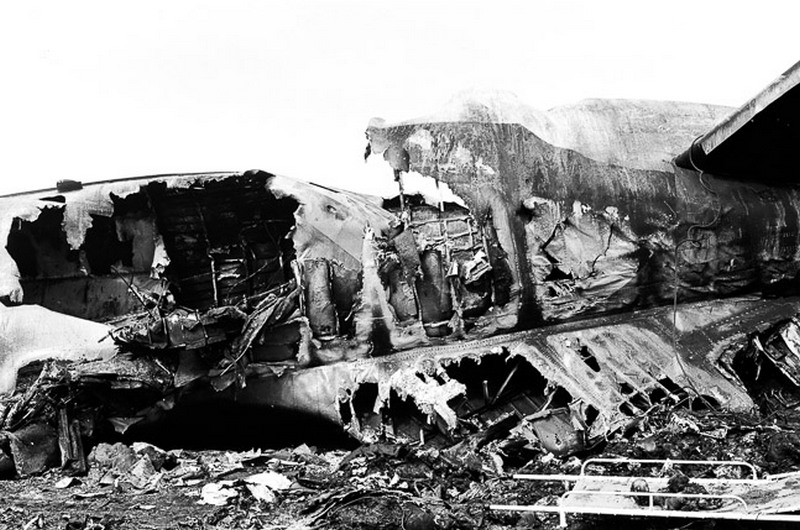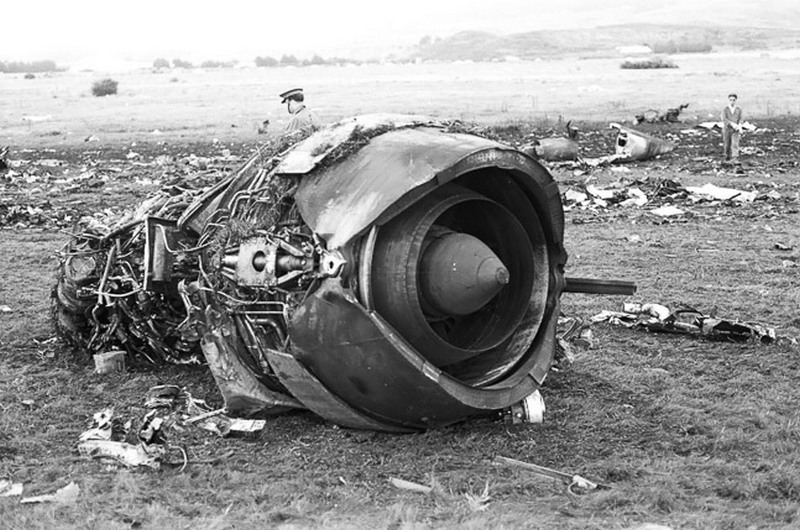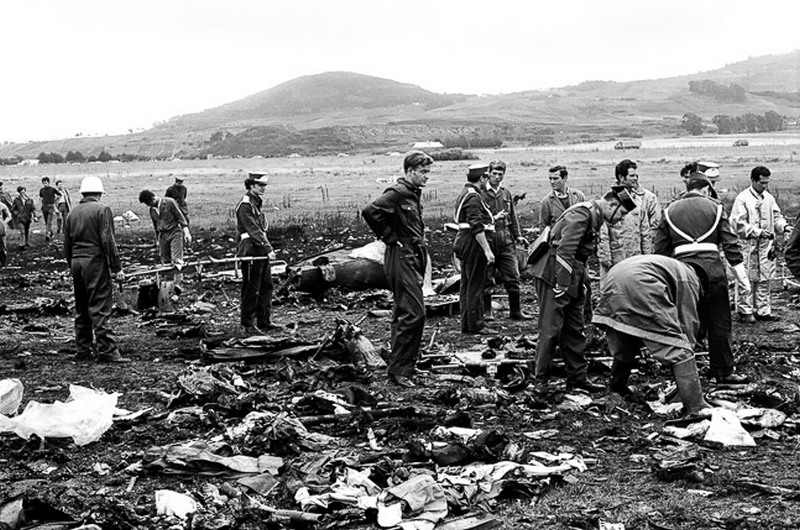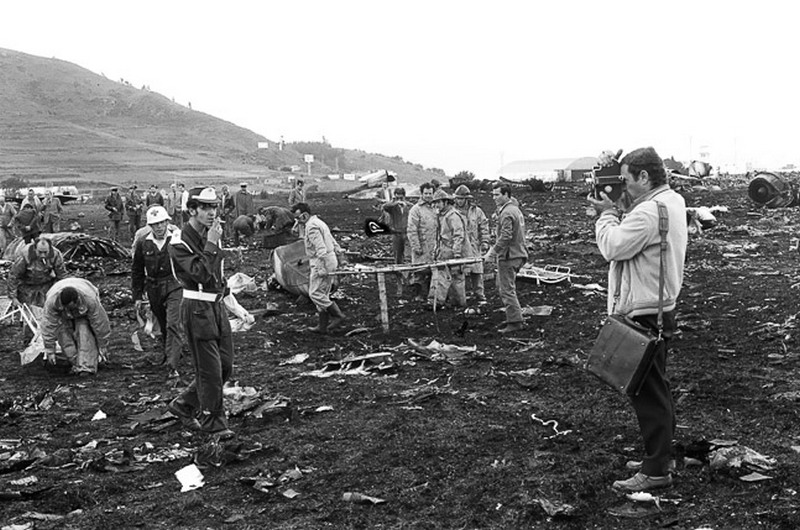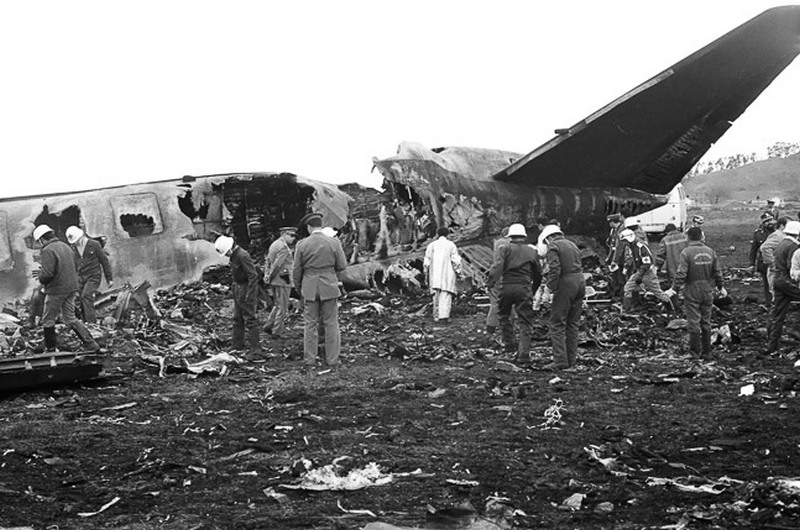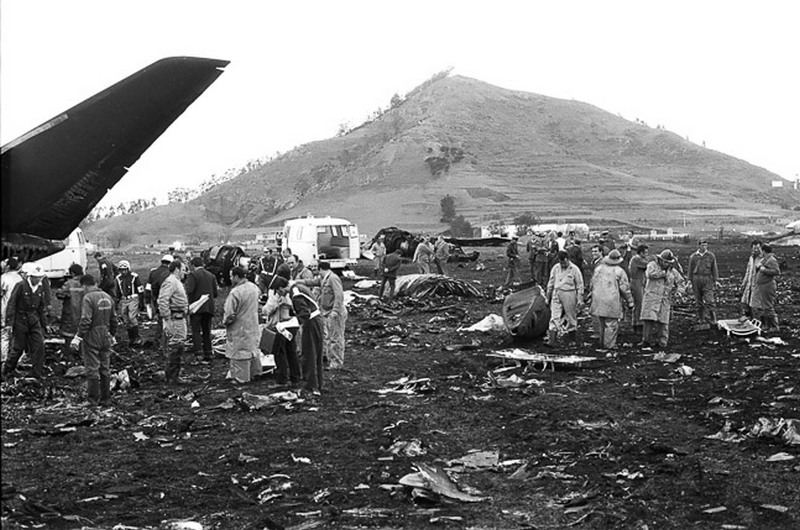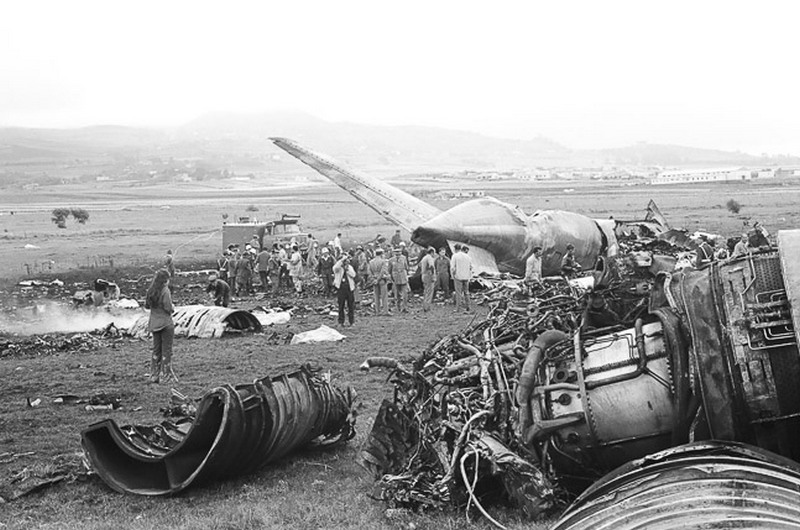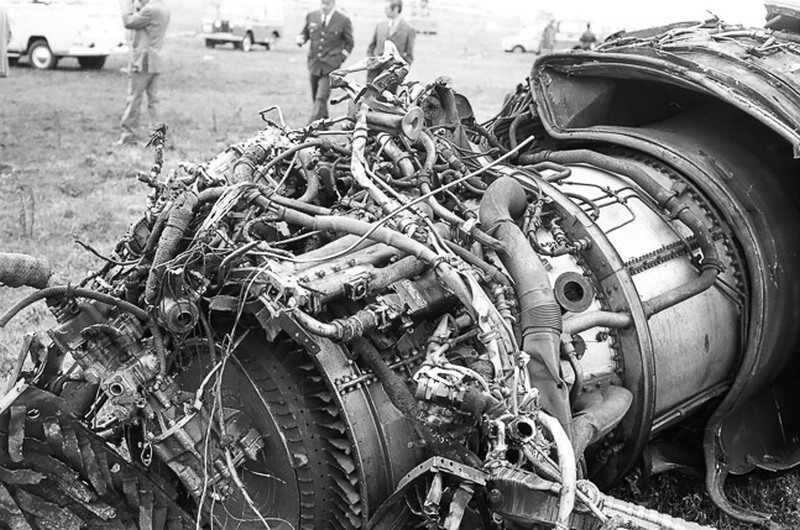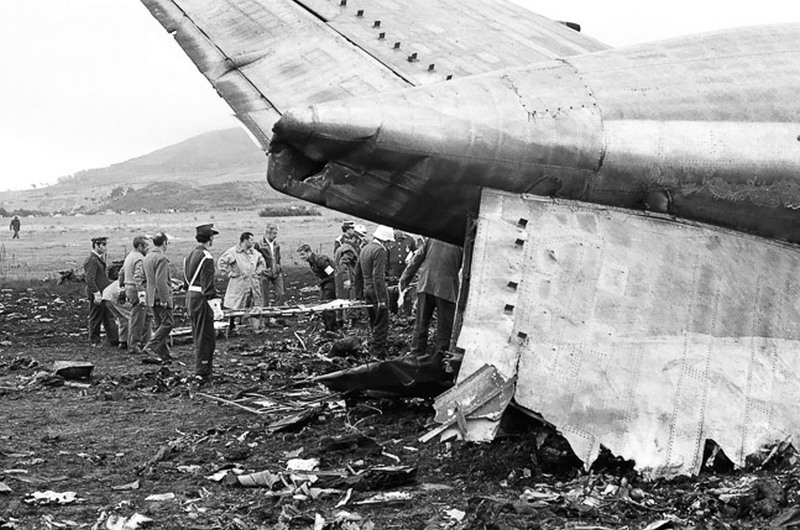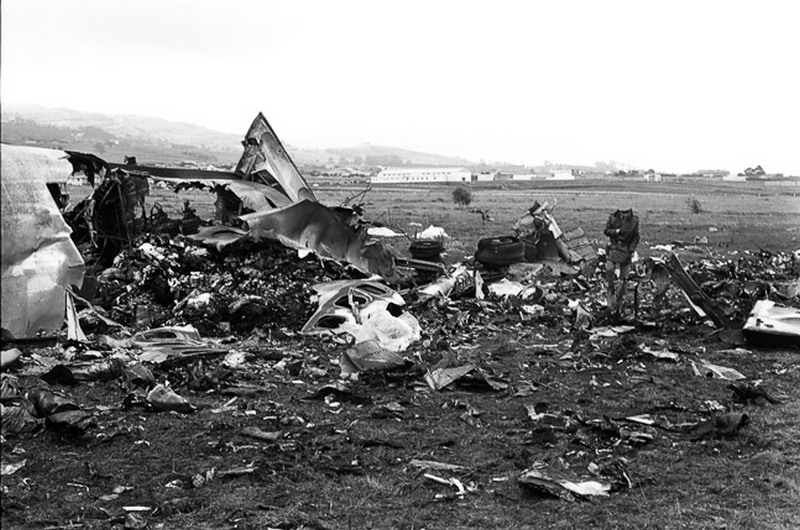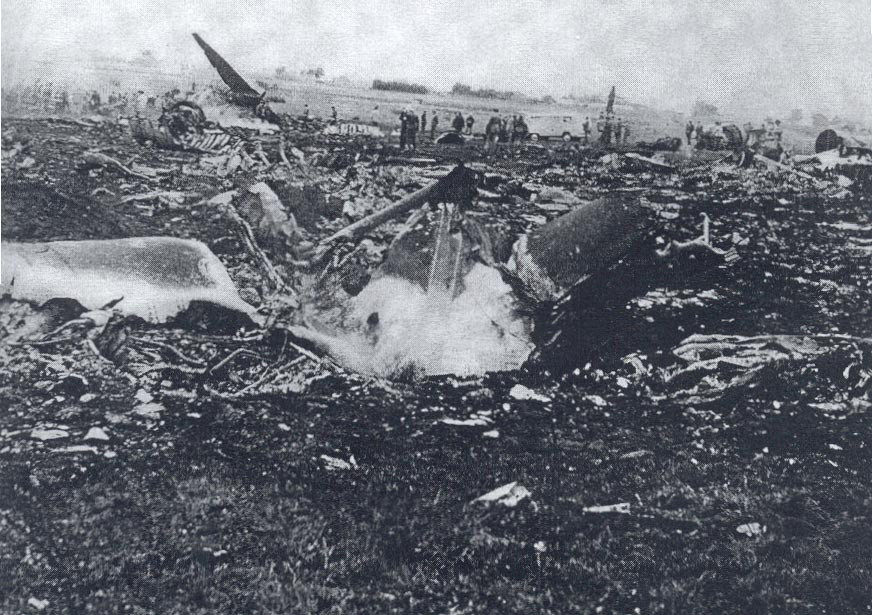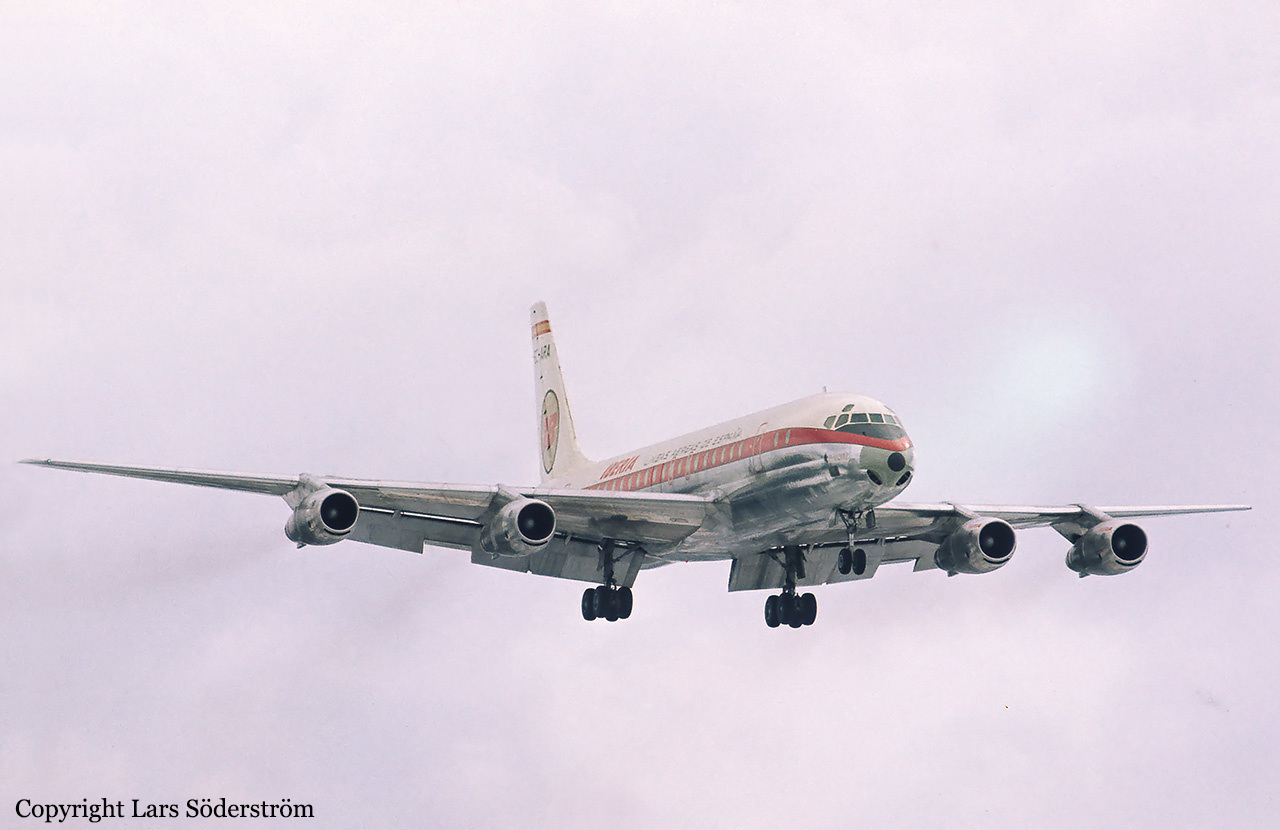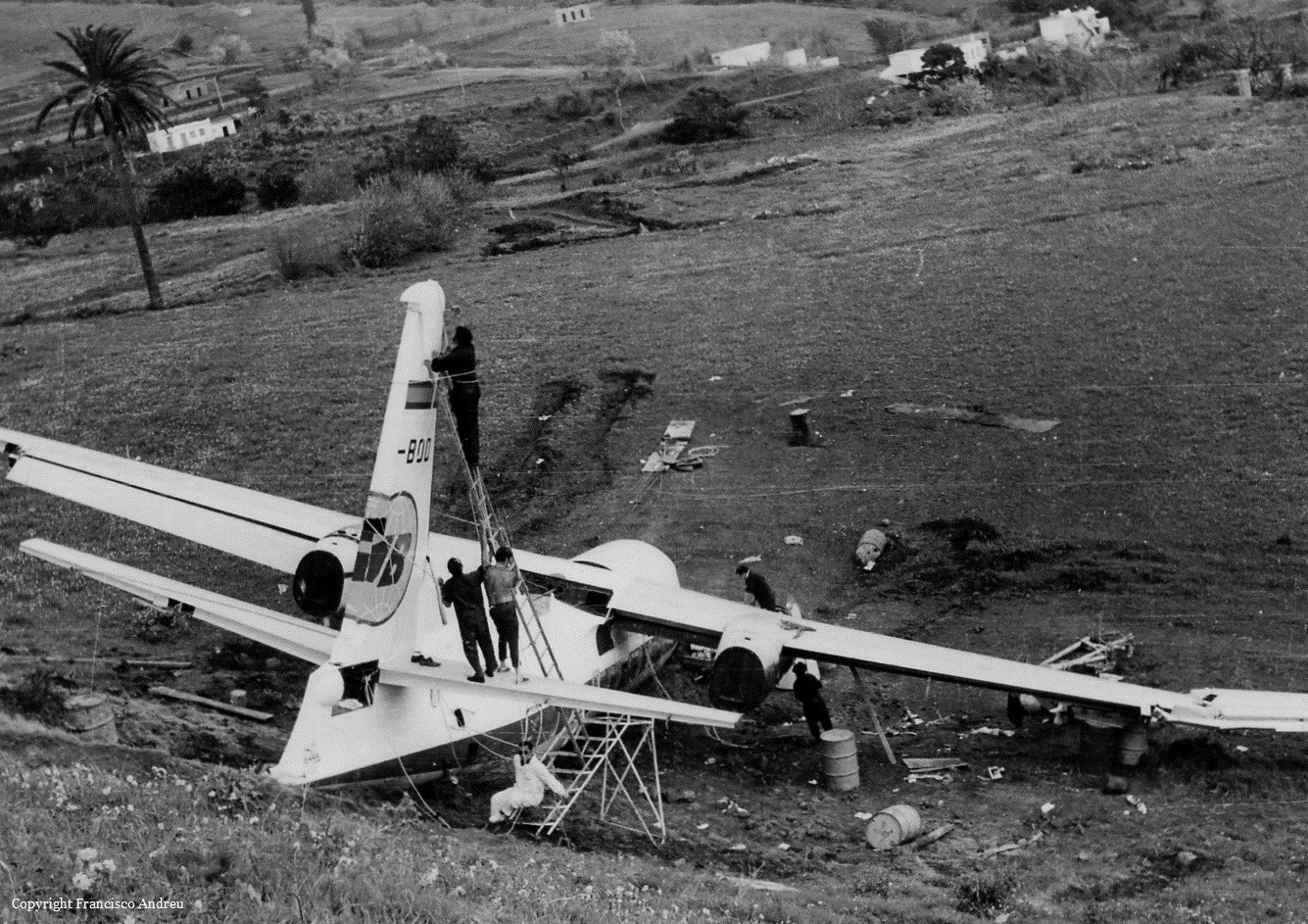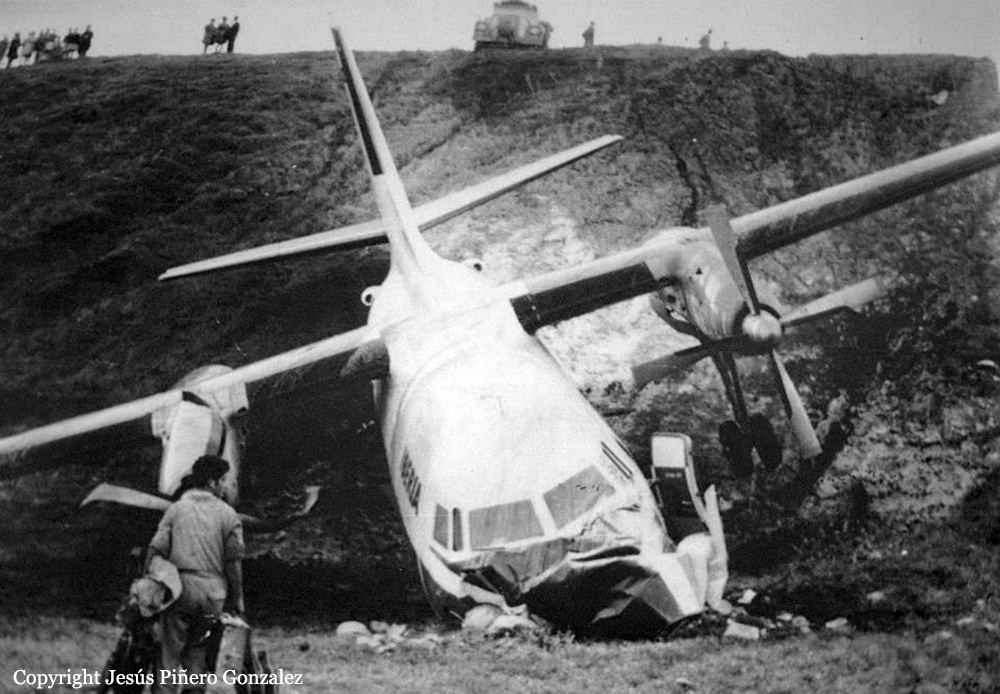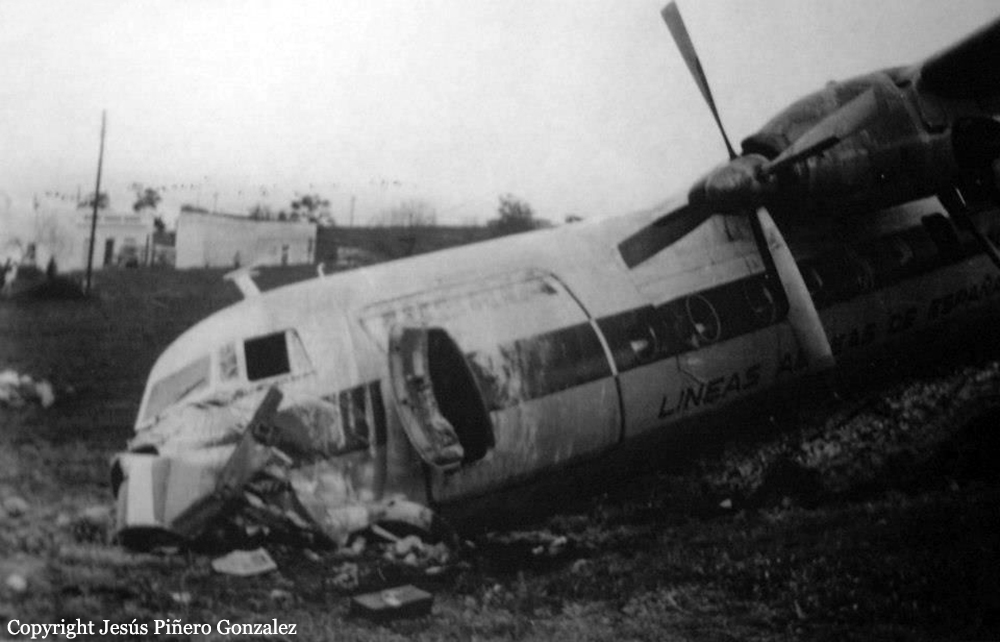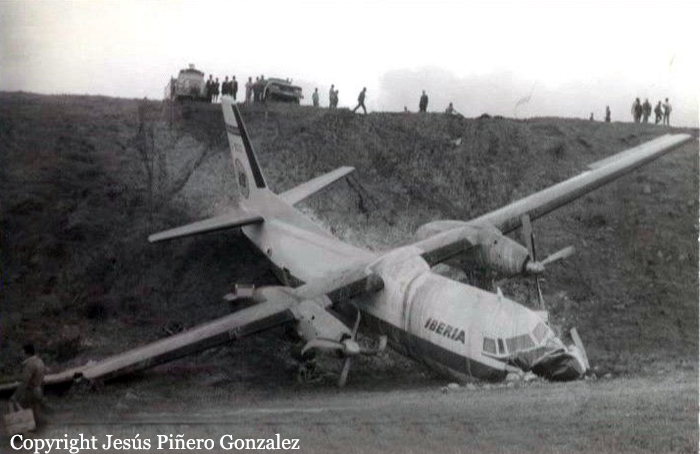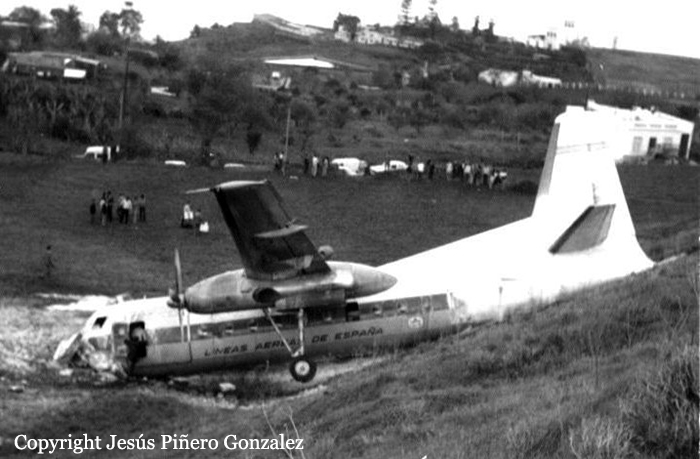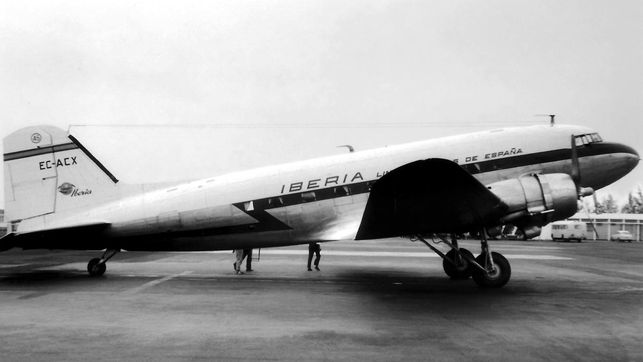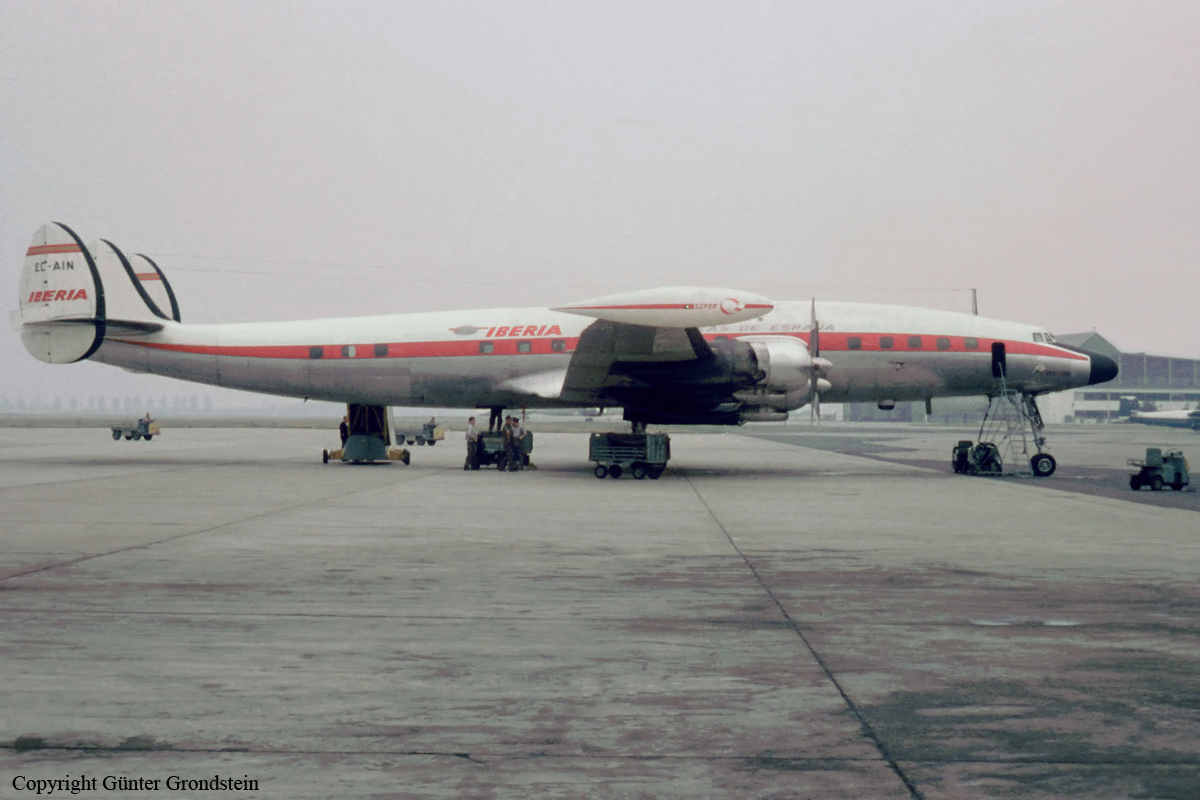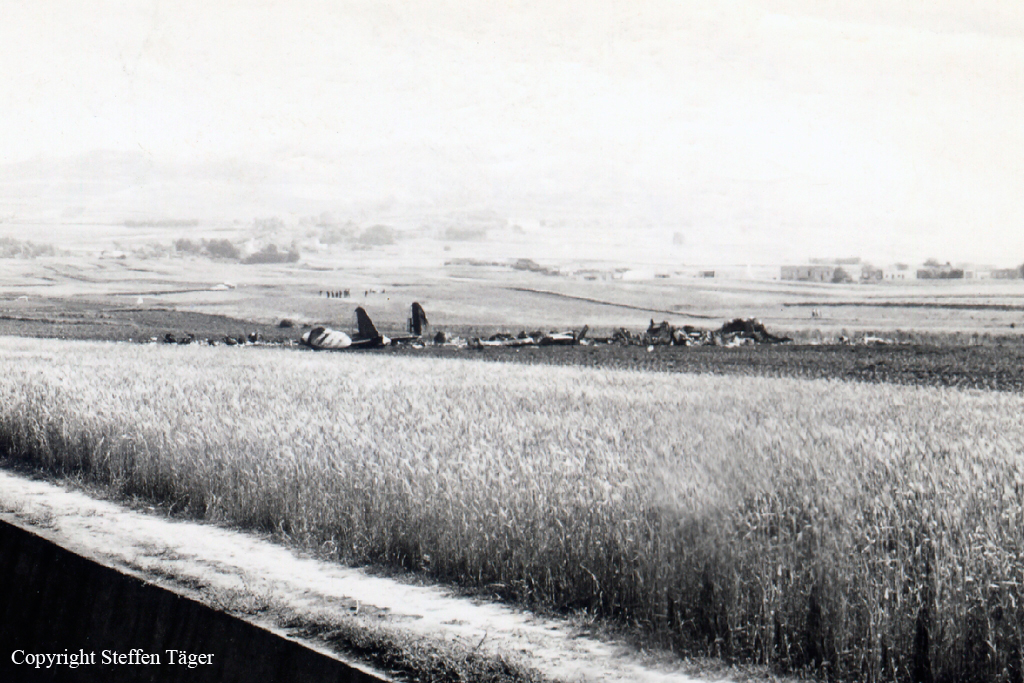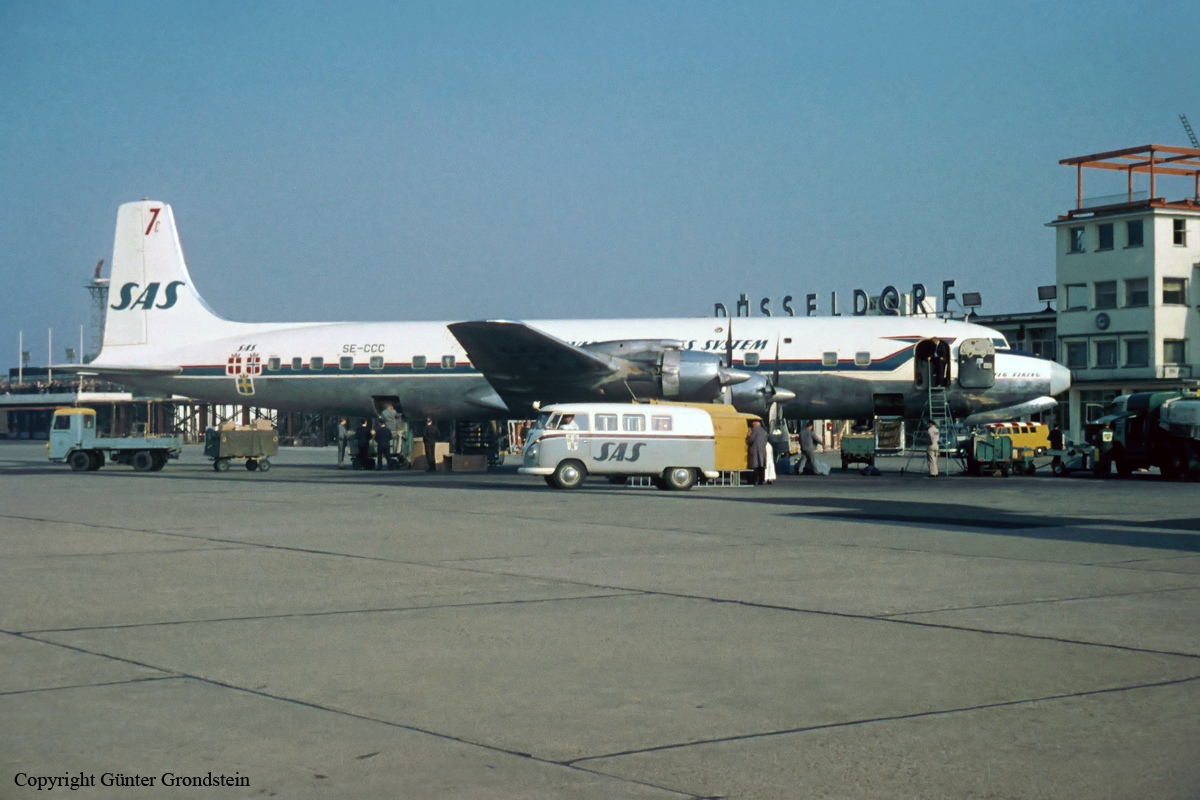Crash of a Convair CV-990-30A-5 in Tenerife: 155 killed
Date & Time:
Dec 3, 1972 at 0733 LT
Registration:
EC-BZR
Survivors:
No
Schedule:
Tenerife - Munich
MSN:
30-10-25
YOM:
1962
Crew on board:
7
Crew fatalities:
Pax on board:
148
Pax fatalities:
Other fatalities:
Total fatalities:
155
Circumstances:
After liftoff at Tenerife-Norte-Los Rodeos Airport, while climbing to a height of 100 meters, the airplane went out of control, plunged into the earth and crashed in a huge explosion about 325 meters past the runway end. The airplane was totally destroyed by impact forces and a post crash fire and all 155 occupants, 148 West German tourists and 7 Spanish crew members were killed. At the time of the accident, the visibility was near zero due to low ceiling and fog.
Probable cause:
It is believed that the accident was caused by inadapted reaction and manoeuvres on part of the pilot-in-command who probably suffered a spatial disorientation immediately after takeoff in an almost zero visibility configuration.
